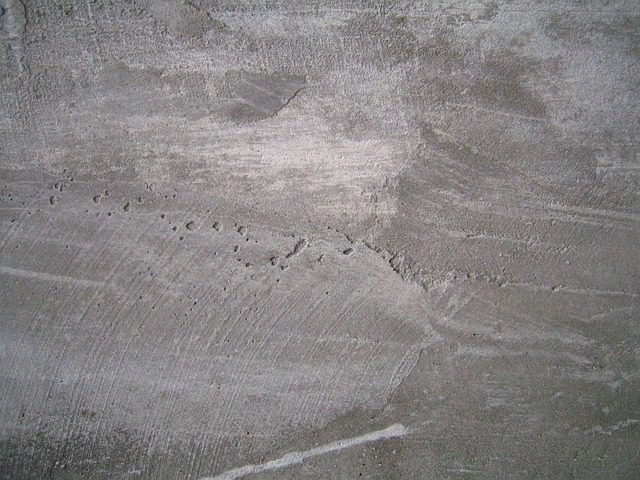The UK screed market has not had many changes, traditionally being sand / cement-based screeds. But in recent years, new developments have been made in screed materials and there have been inventions to try to bridge some of the problems associated with traditional materials. Traditional screed design has the advantage of being “simple” due to its readily available and understood constituents. The issues arise in the many factors that affect the quality of the flooring when finished.
Liquid Screed
The installation of Screed is not a simple undertaking. Correct installation is a skilled task that requires great physical effort to achieve a quality degree of compaction. Because of the nature of the screed material, skill is required from the screeder to be able to accomplish a levelled surface. For this reason, the market has long recognised a need for liquid screed.
Despite the gap in the market for it, developing a liquid screed is not a particularly easy process. One of the difficulties of producing such a material is that, when using cement as a binder, as the material hardens and dries, it will shrink. This shrinkage is very difficult to control since the amount of water content in the liquid and the thickness of the section being applied, as well as many other factors affect how much the material will shrink. This is only one of the difficulties that have been presented when trying to produce a cement–based flowing screed.
Developments in Liquid Screed Market
For many years, the UK has attempted to solve such issues in producing flowing screed with little success. Failures are usually a result of relatively small inconsistencies in the mixing or application of the materials. These failures include severe cracking or curling and incorrect flow properties or setting times. Recently, two developments have been made in the production of flowing screed that may have solved these issues.
The first is using Gypsum materials as a binder instead of cement. Gypsum is a mineral composed of calcium sulfate dihydrate that is often used as the main constituent in plaster, blackboard chalk and wallboard. The other is a robust flowing cement-based screed that was produced by a company that develops cement-based materials in France.
The use of flowing screed has been growing in popularity, suggesting that, while traditional screeds still account for approximately 75% of the market they are now slowly declining in use to be replaced by liquid systems. With this growing popularity for flowing screeds, contractors have been opening screed companies that only install flowing screeds. In the past, most screed companies would work with and install both traditional screed and flowing screed. This change in interest for flowing screed has been further driven in other countries due to health and safety concerns and this also is becoming a factor in UK. The installation of flowing screed is simpler, taking away the toll on the knees and backs of contractors.
Here at Screed Giant, we offer both traditional and flowing screed materials. Let us help you find the best option, contact us on 0330 118 0952 with any questions you may have. More information is available from our shop


